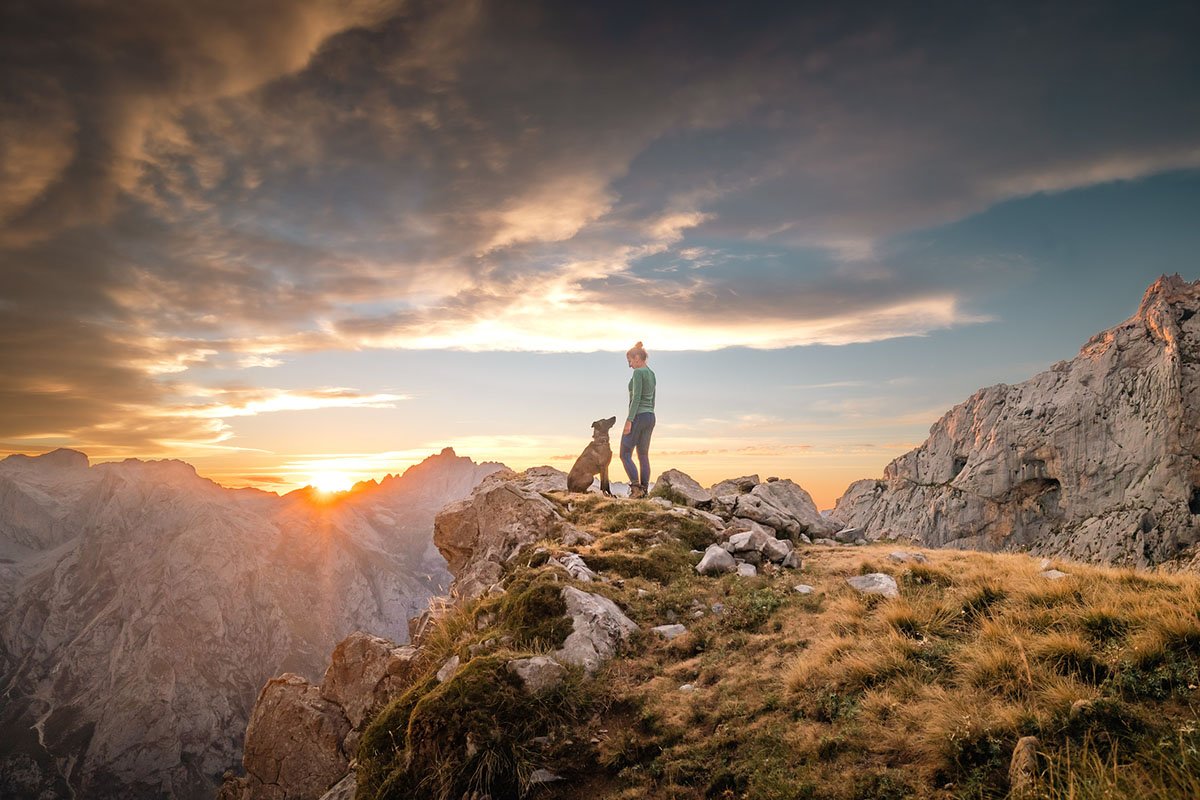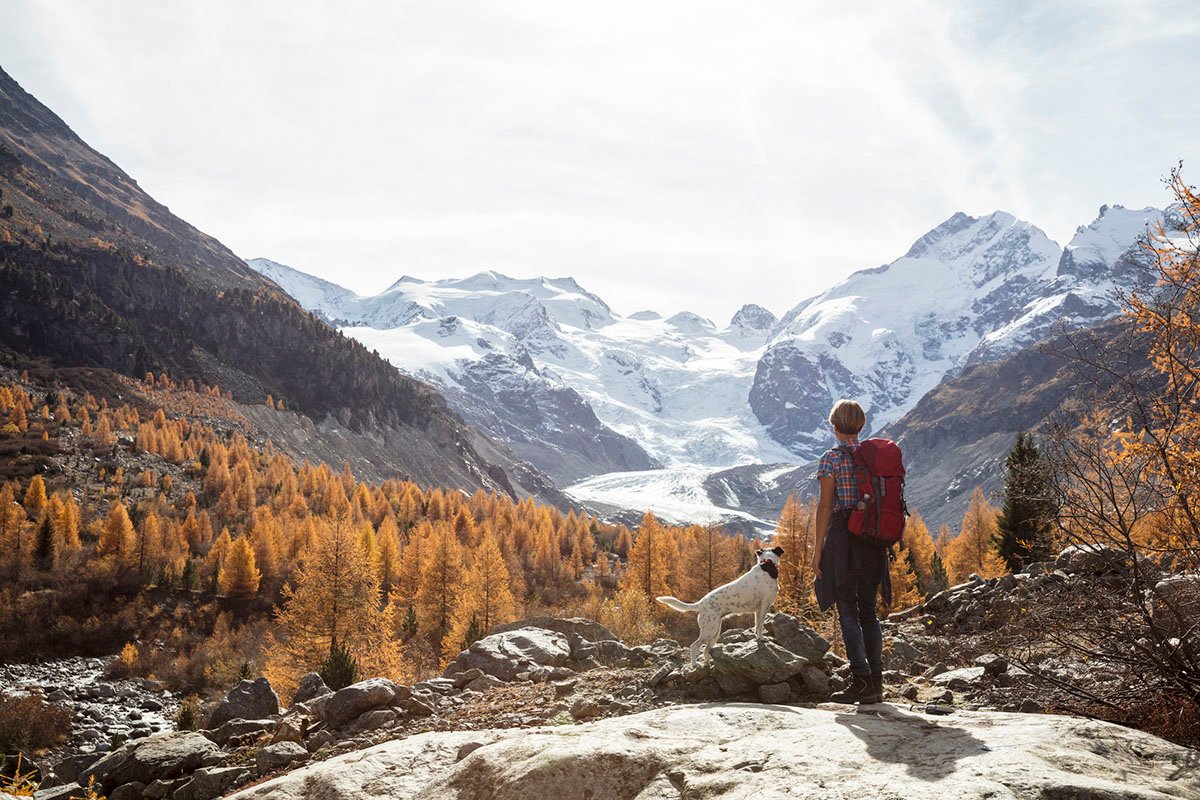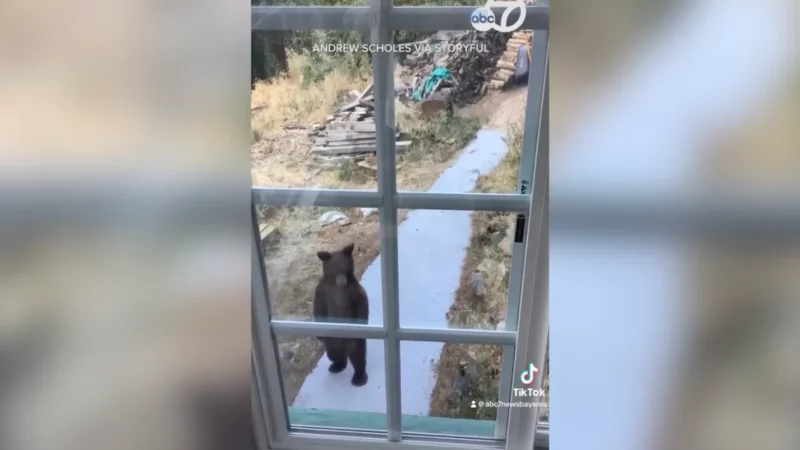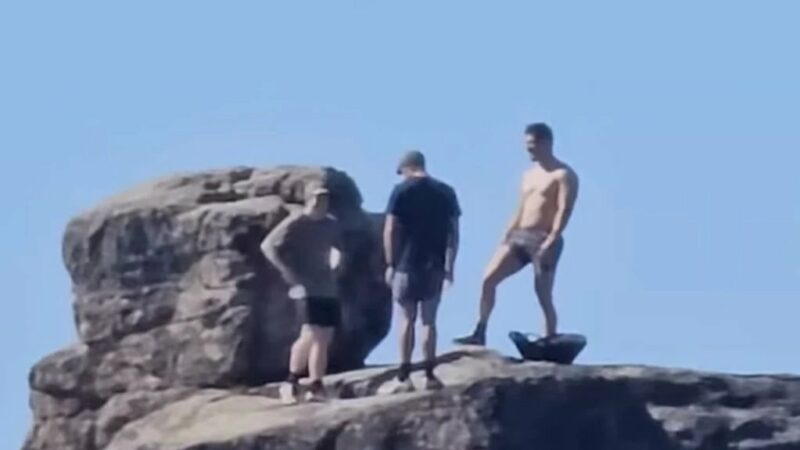How To Train Your Dog For Big Outdoor Adventures
Let’s face it, our four-legged friends make the best adventure buddies. They rarely get a grump on, they never contest the route choice, they almost never engage in mindless chatter (unless you have a rather talkative husky like me), and their interest in everything around them is infectious.
With spring and summer knocking on the door in the northern hemisphere, many of us will be thinking of getting back into the wild and taking our furry buddies with us.
With the stress involved in packing up for an adventure holiday, it’s easy to forget that our dog has needs too. Here are some tips to consider for anyone wanting to introduce their dog to the outdoors:
Your dog needs to ramp up fitness levels
It’s easy to forget that dogs, like us, need to build fitness when introduced to new activities or returning to an activity after a period of rest. Most breeds will keep going until they drop, and struggle to regulate energy levels. Factoring rest into a hike or adventure and mixing up longer and shorter days out will allow your dog to adapt. The American Kennel Club says that “it takes four to six workouts for the dog’s physiology to adapt and be ready for the next distance increase.”
Signs your dog is approaching exhaustion:
• Feelings of over-excitement (otherwise known as “the zoomies”)
• Losing self-control
• Excessive panting and/or lip licking
• Excessive thirst
• Loss of interest in playing
• Lying down, unwillingness to move, or hiding from view
Your dog needs water and shade too

As mentioned above, dogs will often keep going and going (and going and going) until they physically drop, so we need to think ahead for them. Planning routes which have lots of water stops to drink and cool off, are a great way to help ensure your dog stays hydrated and cool. Some trails won’t have so much water readily available, so carrying extra water for them is a must. There are several great dog bottles on the market with lids which double as bowls and there are collapsible bowls where you can share your water with them.
For us humans, we cool down by sweating. The sweat on our bodies evaporates creating a cooling effect. Dogs only sweat though glands on their paws – which is not enough to cool them. Instead, your pup relies on panting to control their temperature. When dogs pant, water evaporates from their tongues, nasal passages and the lining of their lungs. They also rely on vasodilation (expansion of blood vessels) particularly in the face and ears to allow blood to flow closer to the skin surface to help cool it down through convection before sending it back to the heart. Both methods require a lot of energy, and water which needs to be replaced.
Heat stroke can be deadly and can come on quickly, and prevention is always better than the cure.
Signs of heatstroke:
• Heavy frantic breathing
• Excessive drooling
• Vomiting
• Seizures
• Bright red gums
• Muscle tremors
• Lack of coordinate
• Loss of consciousness
Does fur make your dog hot?
A dog’s coat acts like an insulator. In the winter it helps keep them warm, in the summer it helps keep them cooler. I have a husky/malamute mix named Tug and a good rule of thumb I have found for her is if I can be comfortably outside in a T-shirt, then it is too hot to run her. That is why most of the training I do with her in the spring and summer must happen around sunrise or late in the evening, and any adventures with her during the day are to areas with shade and water.
Remember: Your dog (yes, even your pug) is a hunter
In the spring and summer, when the sheep return to the mountains near my home, they curb some of the fun of my adventures. My dog is a huntress – a pure predator – and she will kill a sheep if she has the chance. This catches so many people new to adventures with their dog by surprise when even the most docile Labrador or tiniest Chihuahua suddenly turns from cute, fluffy family pet into a murderous, slavering wild thing.
All dogs have the predatory instinct in them – it is a part of their DNA. Over the Covid years I helped out a shepherd friend of mine with his sheep, and have learnt that the way in which sheep dogs herd is fundamentally predatory. They are essentially hunting with the shepherd, and from time-to-time get carried away, and attack the sheep.
Just because your dog hasn’t ever chased a sheep or other livestock, that doesn’t mean it won’t. Often the reason behind dogs going missing in the mountains is because they have got wind of prey and have run off after it. Their senses are much sharper than ours and if you have your dog off a leash you need to become highly aware of your animal’s body language when it gets into hunt mode.
A good way around this is using a waist harness with a bungee style lead and a good fitting harness for your dog. This allows you to have your hands free and move more comfortably through the uneven terrain. I attach the lead directly into my rucksack waist strap – but a reminder to be careful going downhill, to ensure your dog doesn’t pull you off balance.
If your dog is prone to bolting and is not mountain savvy there are some great collar worn GPS trackers on the market which sync with your phone or a GPS unit.
With more of us likely to head into the wilds this summer please help keep the livestock and wildlife safe and stress free.
Your dog’s age and size should be considered

A dog’s body weight and age are also factors that determine the distance a dog can travel. There is no firm answer to ‘how much exercise is too much for a puppy?’ but veterinarians and trainers agree that you should consider the breed. A Labrador puppy and a Border collie puppy will both love playtime, but the collie will most likely have a higher exercise tolerance and heat tolerance for outdoor play. There have been studies which show that there’s a potential link between too much exercise and orthopedic disease in large breed dogs. Large breeds grow quickly and mature slowly which may mean you have to put off certain activities until they are around eighteen months to two years. Toy breeds on the other hand mature more quickly.
While all breeds require mental stimulation, high drive working breeds such as Collies, Malinois and Huskies need more mental stimulation than other breeds. So if you can’t yet take them on multi-day camping adventures then why not tire them out by working in training sessions into their exercise routine.
Pre-excursion nutrition is important
Something that isn’t much talked about but should be is canine bloat. Feeding your dog just before or within an hour after hard exercise could prove fatal for your dog.
Canine bloat or gastric dilation-volvulus (GDV) occurs when the dog suffers a gastric dilation resulting in gas build up which fills the stomach and can cut off blood supply to the gut. It is extremely painful and can lead to death in just a couple of hours. It is more common in larger breed dogs.
During exercise and directly after, energy and blood are sent to working muscles and is diverted away from the digestive system. It is best to factor in at least an hour before and after exercise before feeding a larger meal. Carrying high protein snacks for your dog on your adventure can help keep energy levels up and aid in training but keep to a minimum.
Trust matters
If your dog trusts you they will literally follow you anywhere. Trust has to work both ways though and this is built up through experience and over time. Tug is nine now, and although there are things I don’t trust her with (like sheep), I am happy to take her to areas I would never advise anyone to take a dog. We have been ticking off classic scrambles together around our home in Snowdonia National Park in North Wales, when I am there. I can only do this with her because I know she is steady and I know how she will behave with exposure and in the terrain and she trusts I will keep her safe.
Trust also extends to me trusting myself and my skills as some sections are pretty technical and she wears a dog climbing harness and is on a rope. I can’t communicate with her in a way that I would with a client, so I have to know I can look after myself and also someone I cannot verbally communicate with in terms of how she is feeling and how she might react. This is why I advise starting off any adventure lifestyle with your dog slowly and not putting yourselves into a situation you cannot handle.
Also, dogs learn fast but not all will learn to like adventures when they contain heights or water. Tug is happy wandering along a knife edge ridge but only gets on the front of my paddle board because she is slightly more afraid of being left behind (separation anxiety) than she is of the water.
Adventuring With Your Dog – The Essential Checklist:
• Collar with contact details
• Leash
• Poop bags
• Water bottle
• Collapsible bowl
• Treats & food for longer trips
• First aid kit
• Up-to-date vaccinations
• Tick medication (yes, dogs can get Lyme disease too)
Source: https://outdoors.com/how-to-train-your-dog-for-adventure/






